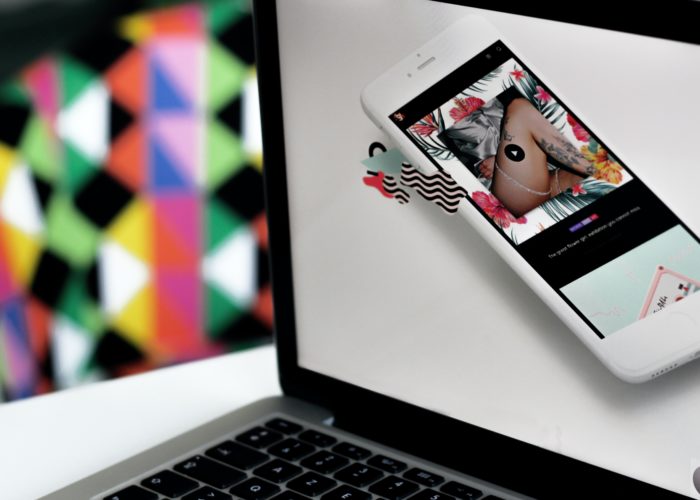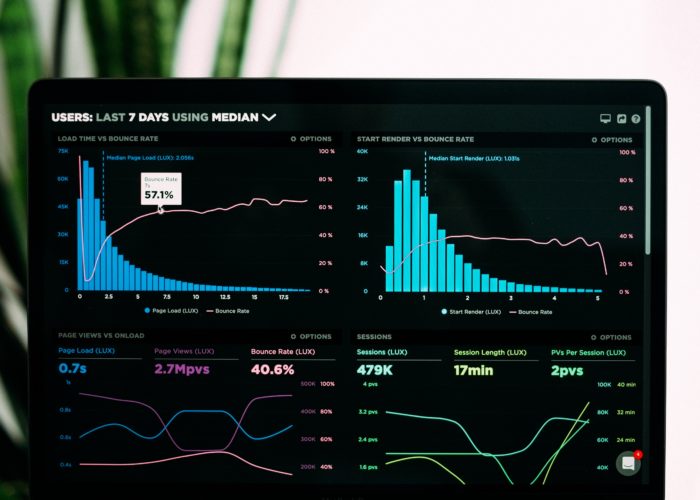
The Power Of UI
User Interface (UI), not to be confused with User Experience (UX), though both are vital to website usability, is one…
The aesthetics of your website need to be able to communicate a whole lot, in a very short amount of time, a matter of milliseconds in fact. Most users will already be forming their impression of your site within moments of viewing it, so it’s worth investing the time and energy to get your site looking its best.
Securing client approval on project design is not always straightforward. Design is subjective and can often prove a flashpoint between stakeholders during collaboration.
Anticipating this early in the planning stages by introducing design testing offers a host of benefits and can help facilitate a smoother working process later on. Testing can help ensure a collective focus and that the design concept is in fact the right solution for a project.
Design alone doesn’t provide a full picture. When creating a design concept for a website it is helpful to agree on a list of keywords together with the wider team, then focus on creating a concept that fits within that framework. Having a list of agreed keywords will be a useful reference to circle back to throughout the process, with clear priorities of what the design is setting out to achieve. Agreeing on these key points before progressing with a design concept also reduces the scope for the personal preferences of different stakeholders derailing the direction of the design, and avoiding designing by committee!
Ultimately, building in time to test design concepts during a project can prove very efficient. Testing your design concepts will bring a more controlled, refined working process to your project along with a degree of predictability, helping to avoid rounds of excessive revisions to the design later on. The final design needs to connect with the end-user aesthetically, but also perform efficiently and be fit for purpose.
A successful design concept should communicate brand and personality whilst also demonstrating usability and a clear visual hierarchy. These elements are easy to test even at an early stage of a project through the use of simple, static mockups. First impressions of a website are based purely on aesthetic so it’s vital that the landing page communicates clearly.
Refer back to your keyword list and simply rate the design concept against the agreed priorities. Is the concept doing its job? If the answer is yes it will help to achieve concept sign-offs more easily. This rating process will also work if you wish to test out multiple design concepts. Having clearly communicated objectives should help to discourage stakeholders from taking a pick-and-mix approach when presented with more than one potential design route.
A successful project will combine both style and substance. You can have a beautiful looking site, but if it fails to perform its function, then the concept has failed! Usability testing of a design concept will also play a vital role, ensuring that the end-users have a clear understanding of a site’s labelling and architecture. Testing design concepts will not eliminate all conflicts during the creative process but it will ensure the team working on the project shares a collective vision of what the end product should be. Try using this approach on your next project and see how it works for you.

User Interface (UI), not to be confused with User Experience (UX), though both are vital to website usability, is one…

When it comes to design, specifically web design, it can be difficult to decide what success looks like. The best…

The internet is a crowded market place and half the battle is ensuring your target customers can find your eCommerce…